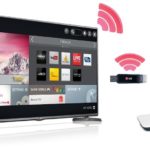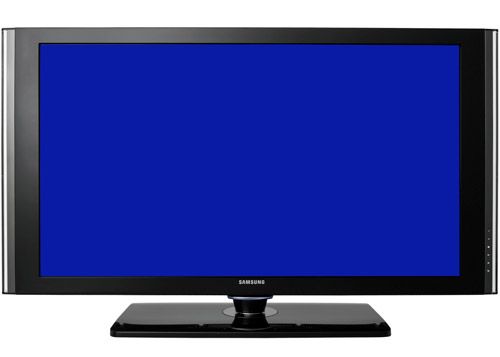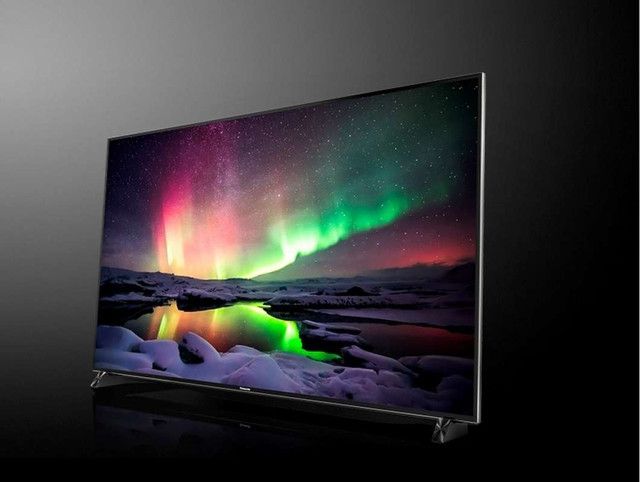What is the difference between a smart TV and a regular TV?
Less than 100 years have passed since the invention of the television. All this time, manufacturers first fought to increase the “blue screen”, and then to reduce its weight and thickness. Users stopped keeping up with market innovations after 2000—it was then that relatively inexpensive “plasma” and “LCD” monitors were invented. This was the beginning of a new round of progress - now manufacturers focused on the diagonal and screen resolution, and by 2010 they were able to almost completely replace the “old kinescope”. But despite such an active development of televisions, until recently their main task was to reproduce an analog signal. However, this barrier has already been moved.
The content of the article
What smart TV can do that regular TV can’t
Smart TV is a TV that can connect to the Internet without additional set-top boxes, play games and not only receive, but also broadcast signals. A decent diagonal and ultra-high image quality are surprisingly combined with a simplified operating system. That is, it is no longer just a “blue screen”, but its combination with a smartphone or even a computer.
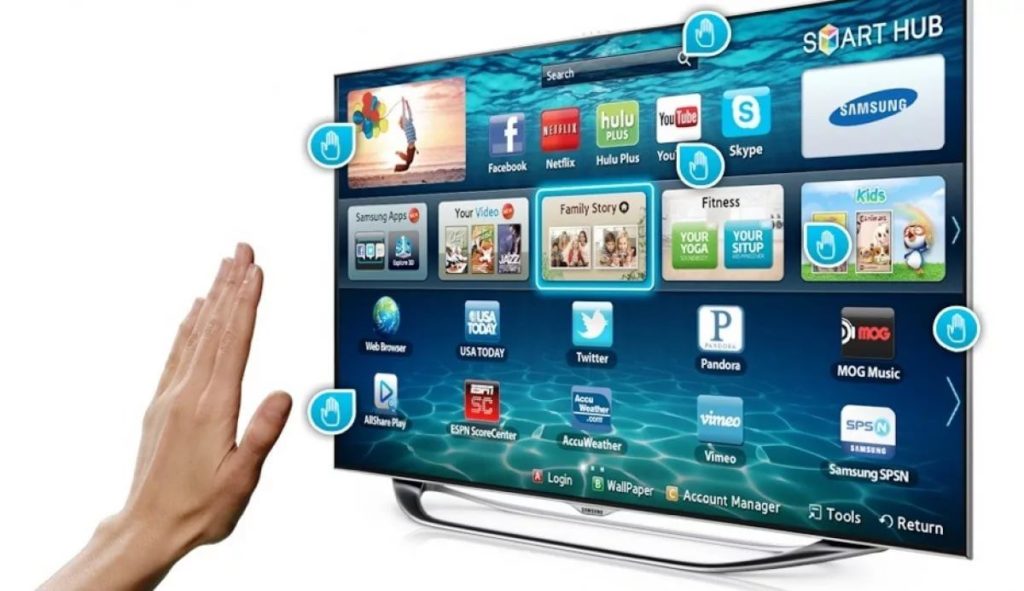
Smart TV software is not updated due to limited OS capabilities, so when choosing equipment, it is recommended to pay attention to the latest models.
Compared with a regular LED screen, Smart also stands out:
- the ability to record programs to internal memory;
- working with various online services - viewing and recording content, working with application stores, web surfing;
- a built-in or supported webcam that provides access to full communication via Skype;
- implementation of voice or gesture control;
- built-in modules for playing audio and video from other media.
Progress has also affected remote control devices - now it is something more reminiscent of a touchpad than a conventional television remote control. In addition, if the capabilities of the on-screen keyboard and remote control are not enough for convenient surfing the Internet, there is always the opportunity to connect a wireless mouse and keyboard to the smart device. Or even control smart technology using a program installed on your smartphone.
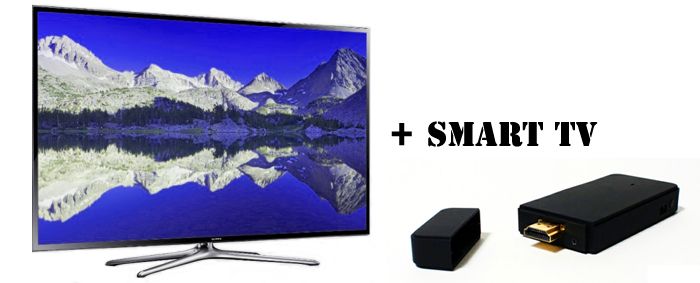
When choosing such TVs, it is recommended to pay attention to the possibility of connecting to the Internet via Wi-Fi and transferring data within a local network.
Features of smart TVs
Since the main emphasis in this technology is on the ability to access the Internet, the feasibility of purchasing a new product primarily depends on how often the user plans to do this. After all, without a network connection, this TV will be like an LED analogue overloaded with unnecessary options.
Although voice and gesture control have already been implemented, and in the future it is also planned to introduce gaze recognition, the remote control still remains the most common remote control tool. But it is unable to provide sufficient cursor mobility. Therefore, those who expect to fully use the capabilities of Smart TV will have to worry about equipping it with special manipulators.
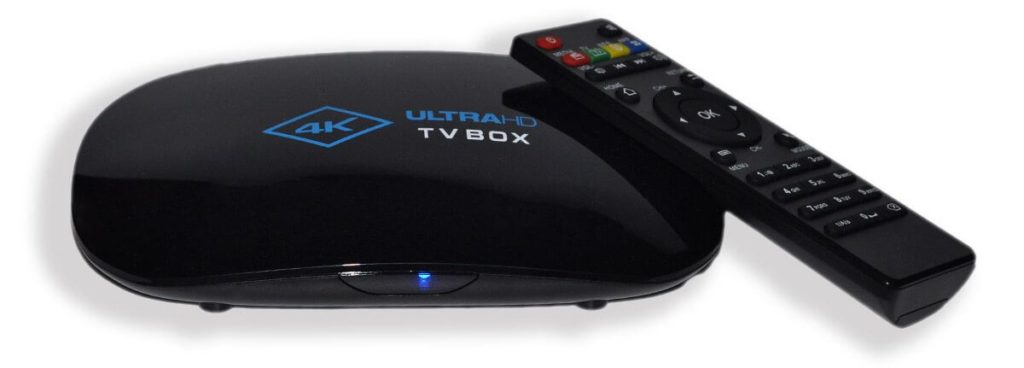
One of the serious disadvantages of the relatively new technology is the unique data recording format. If the TV is capable of reading almost everything, then the recordings made by it cannot be reproduced only on a smart device - none of the other devices accept this format (even a PC).
Well, one last piece of good news for owners of modern LED screens: it is not at all necessary to throw away a TV that has not yet become obsolete and rush to buy a newfangled smart device. To begin with, you can limit yourself to a special set-top box that allows you to get acquainted with most of the advantages of Smart TV - it will cost even less than the basic difference between the above-mentioned modifications of “blue screens”.

